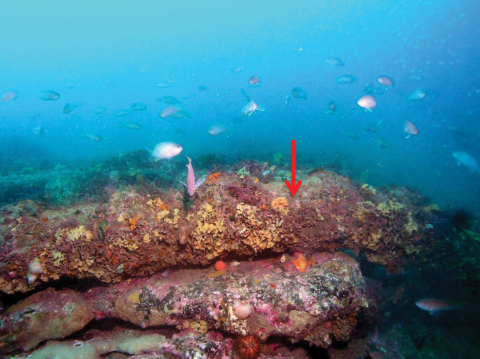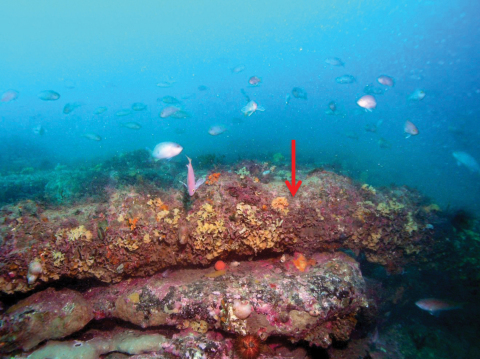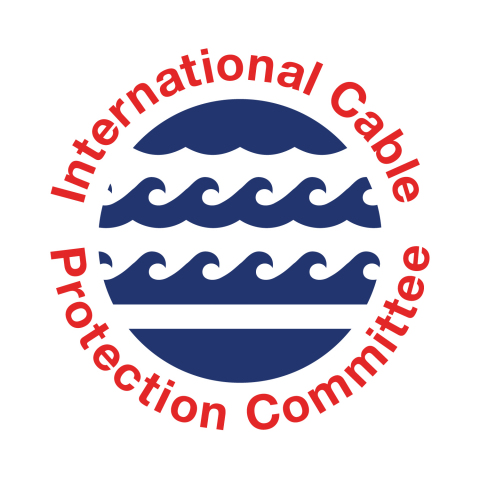LYMINGTON, United Kingdom--(BUSINESS WIRE)--A recently published study of the 290 km-long Basslink power cable shows that its impact on the seabed and associated organisms is "transient and minor".
Basslink plays a key role in the distribution of power between the Australian states of Victoria and Tasmania. To protect this infrastructure, the cable was placed in a trench cut into the seabed. However, near Tasmania the cable was placed in an iron pipe conduit in order to safely pass over a 500 m-wide zone of rocky reef and rubble.
To oversee investigations into any ecological impact of laying and operating the cable including its magnetic and electrical fields, an independent review committee was formed. Led by Associate Professor John Sherwood of Deakin University, Australia, the committee has recently published their findings in the peer-reviewed Journal of Ocean Engineering and Science.
The publication comes at a time of much discussion about effects of subsea power cables on the marine environment. A common refrain of these discussions is that there are too few direct field observations of cables and the seabed environment. The new study1, along with other recent research2,3, are helping to rectify that limited knowledge base.
Using a suite of data that included repeated video surveys of the cable and seabed, the study has come up with the following findings:
- Off Victoria, in water depths <15 m, the trench and cable were buried by sand and became indistinguishable from the natural seabed within 2 years.
- Off the rocky Tasmanian coast, the iron pipe conduit containing the cable became encrusted by marine species similar to those inhabiting the natural reef—that process occurring within 3.5 years.
- In deeper parts of the cable route (down to 80 m water depth), it took 1 to 1.6 years for all traces of the trench/cable to disappear. This change extended over one third of the cable route and resulted from natural sediment infilling the trench. Where infilling was incomplete, various organisms colonized drift material and consolidated sediment present in the trench. However, those colonists disappeared as the trench filled with sediment and returned to its natural state.
- Direct measurement of the total magnetic field associated with the operating cable showed a variation of <1% of the natural field as measured 5 m above the cable. These observations were within 0.8% of calculated field values thus providing confidence in numerical models of the field.
As nations turn to renewable energy to reduce greenhouse gas emissions, to meet increased demand for power and to ensure secure supply, more subsea power cables are being laid. Offshore wind turbine farms, for example, require cables to connect with national grids. While assessment of the relationship of subsea cables with the marine environment is complex, a growing body of evidence, such as that from Bass Strait, are indicating impacts of cables are minor and transient, at least for the cable systems and marine organisms studied.
1Sherwood, J., Chidgey, S., Crockett, P., Gwyther, D., Ho, P., Strong, D., Whitely, B., Williams, A., 2016. Installation and Operational Effects of a HVDC Submarine Cable in a Continental Shelf Setting: Bass Strait, Australia Journal of Ocean Engineering and Science, 1, 337-353. Available at: http://www.sciencedirect.com/science/article/pii/S2468013316300316
2 Kuhnz, L. et al., 2015. Potential impact of the Monterey Accelerated Research System (MARS) cable on the seabed and benthic faunal assemblages. MARS Biological Survey Report 33pp plus appendices. https://www.mbari.org/wp-content/uploads/2016/02/MBARI-Potential-impacts-of-the-Monterey-Accelerated-Research-System-2015.pdf
3 Love, M. S., M. M. Nishimoto, S. Clark, and A. S. Bull. 2016. Renewable Energy in situ Power Cable Observation. U.S. Department of the Interior, Bureau of Ocean Energy Management, Pacific OCS Region, Camarillo, CA. OCS Study 2016-008. 86 pp. http://www.boem.gov/2016-008/
About ICPC
The International Cable Protection Committee was formed in 1958 and its primary goal is to promote the safeguarding of international submarine cables against man-made and natural hazards. The organisation provides a forum for the exchange of technical, legal and environmental information about submarine cables and, with more than 150 members from over 60 nations, including cable operators, owners, manufacturers, industry service providers, as well as governments, it is the World’s premier submarine cable organisation. For further information about ICPC visit: www.iscpc.org or send an e-mail to: secretary@iscpc.org.
About Basslink
The Basslink Interconnector enhances security of supply on both sides of Bass Strait; protecting Tasmania against the risk of drought-constrained energy shortages while providing Victoria and southern states with secure renewable energy during times of peak demand. The Basslink Interconnector is the world’s third longest undersea electricity cable. Owned by Keppel Infrastructure Trust, Basslink delivers excellence in the areas of safety, reliability and performance.
Basslink has a number of fibre-optic assets which carry high speed telecommunication traffic. Basslink Telecoms offers a range of wholesale transmission services between Tasmania and Victoria. For further information about Basslink visit: www.basslink.com.au




